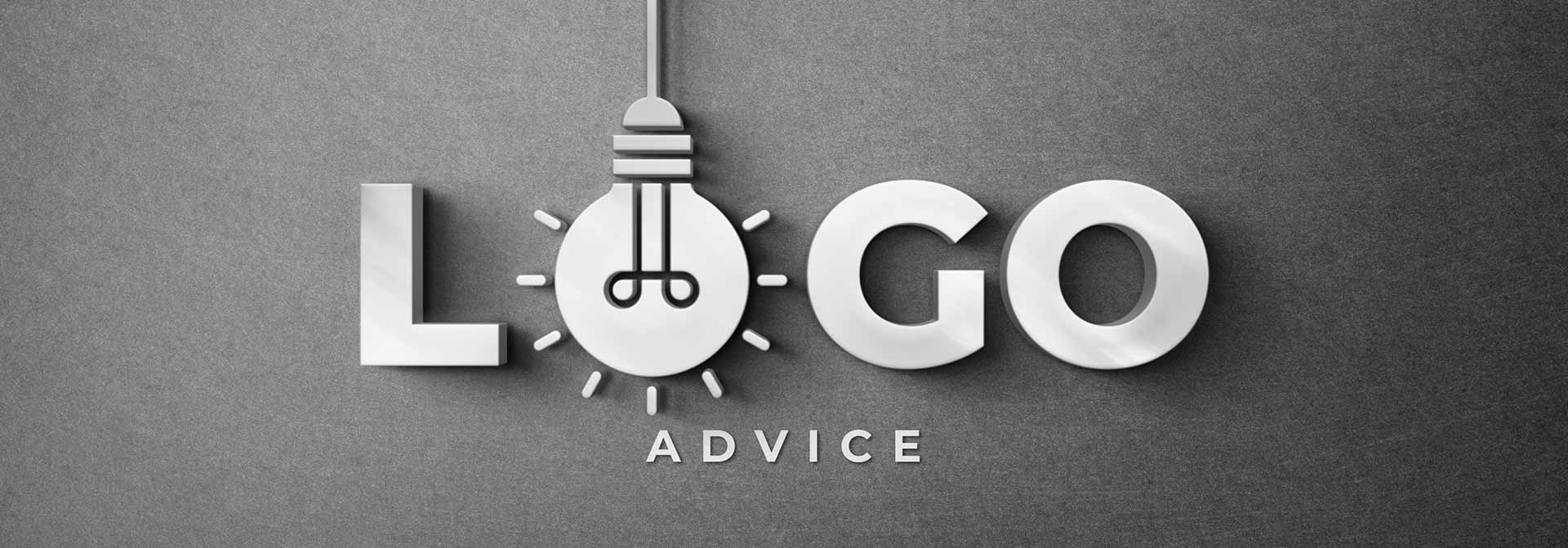First-Hand Logo Tips from Entrepreneurs
All the logo tips listed below are based on a survey conducted by Front Signs. Out of more than 100 SME respondents, we’ve filtered the best advice for your benefit.
Table of contents
-
- 1. Create a visually appealing and relevant design
- 2. Mix readability, impact and relevance
- 3. Optimize the design for multiple purposes
- 4. Create a simple prototype first and add to it gradually
- 5. Put more emphasis on offline marketing
- 6. Make your logo the identity of your brand
- 7. Cut down on fine elements and details
- 8. Have a holistic approach to your logo
- 9. Consider the right placement
Whether you want to create logo signs from scratch or get ideas to update your current one, these insights will help you along. They’re tested by real life entrepreneurs and hold the power to boost the success of your business signs.
1. Create a visually appealing and relevant design
A logo should be easy to remember with recognizable colors. It is critical that your contact information and logo are prominently displayed alongside call to action icons to encourage customers to visit your social media pages and website.
Jennifer Harder, CEO and Founder Jennifer Harder Mortgage Brokers
Check out the survey we conducted on trending logo colors to help you choose yours.
2. Mix readability, impact and relevance
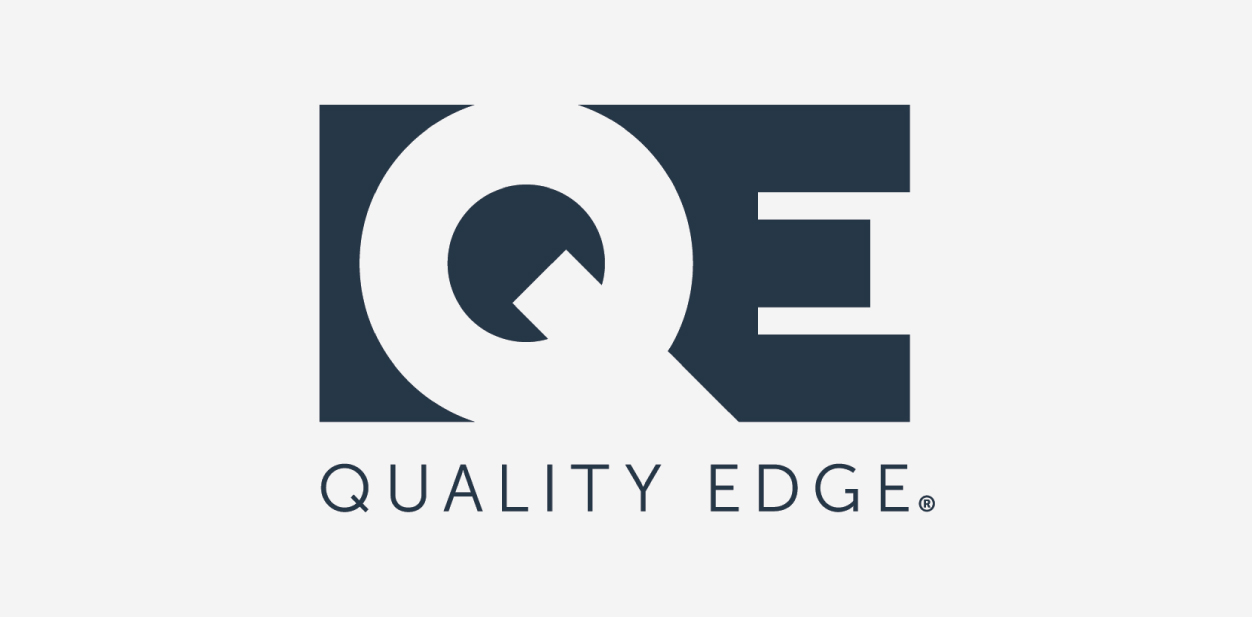
Logos should follow these 3 rules:
- Easy to read
- Memorable
- Linked to brand
The best logos are ones that tell you something about the company simply by looking. Are they tech-savvy, forward-thinking, traditional, inspirational…? Color, material and symbols contribute to making a statement with your logo.
Katie Ostreko, VP Sales & Marketing at Quality Edge
Read these insights if you’re having a hard time deciding on a logo font for your brand.
3. Optimize the design for multiple purposes
While you work on your online presence, your offline presence should still be a part of your marketing strategy. This is why many businesses that provide printing services are still booming today.
When you design a logo, make sure that it’s optimized for all kinds of purposes. For example, if you have a food-related business, you’d need to print your logo on packaging, flyers, tissues, cups, etc. When designing a logo, make sure that you can apply them to the items you plan to use. For example, if your logo is pure white, putting it on while tissues won’t be great if you don’t have an alternative logo design with inverted colors. Always think of what’s best for your brand and use colors that will make you memorable.
Michael Humphreys, Founder & CEO at Z Grills Australia
Restaurant signs are a great example of multipurpose designs that can double as logos.
4. Create a simple prototype first and add to it gradually
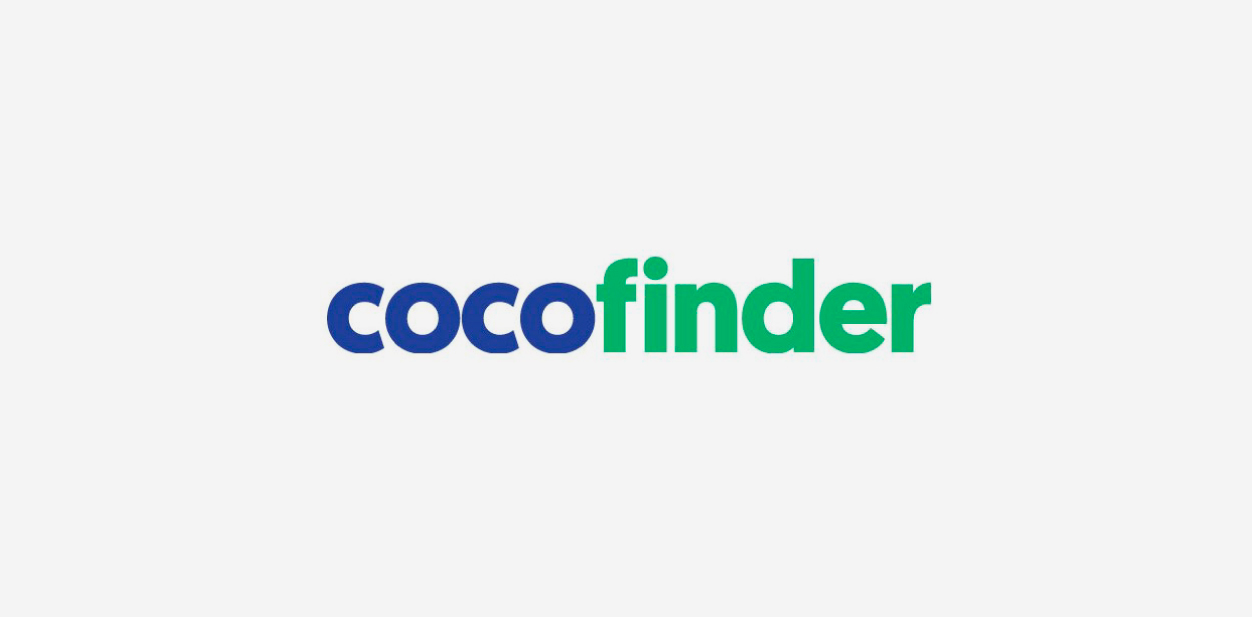
Come up with a simple logo design that makes sense for the business because it is cheap and easy to print. Print media allows less changeability but it should be flexible enough for minor changes and only a few elements. This way, you can print more logos at a low cost and distribute them around to boost the brand’s offline presence.
Before creating the logo, first, make a black and white logo draft to perfect its shapes; it’s hard to see errors and small off-elements with colors. In addition, a perfect draft allows you to have different logos for flyers and newspapers rather than spend on color graphics.
Harriet Chan, Co-Founder & Marketing Director at CocoFinder
Use large format printing to make your logo pop regardless of design elements.
5. Put more emphasis on offline marketing

If your online presence is the only way in which you can get your logo across to people, that can be a problem. Therefore, brands must take it into account and develop an offline marketing strategy that will take their logo to their target audience even without the help of the internet. One of the best ways to do so is by creating an entire line of merchandise and goodies with the print of your brand’s logo on them.
Sathish S. from Graphically
6. Make your logo the identity of your brand
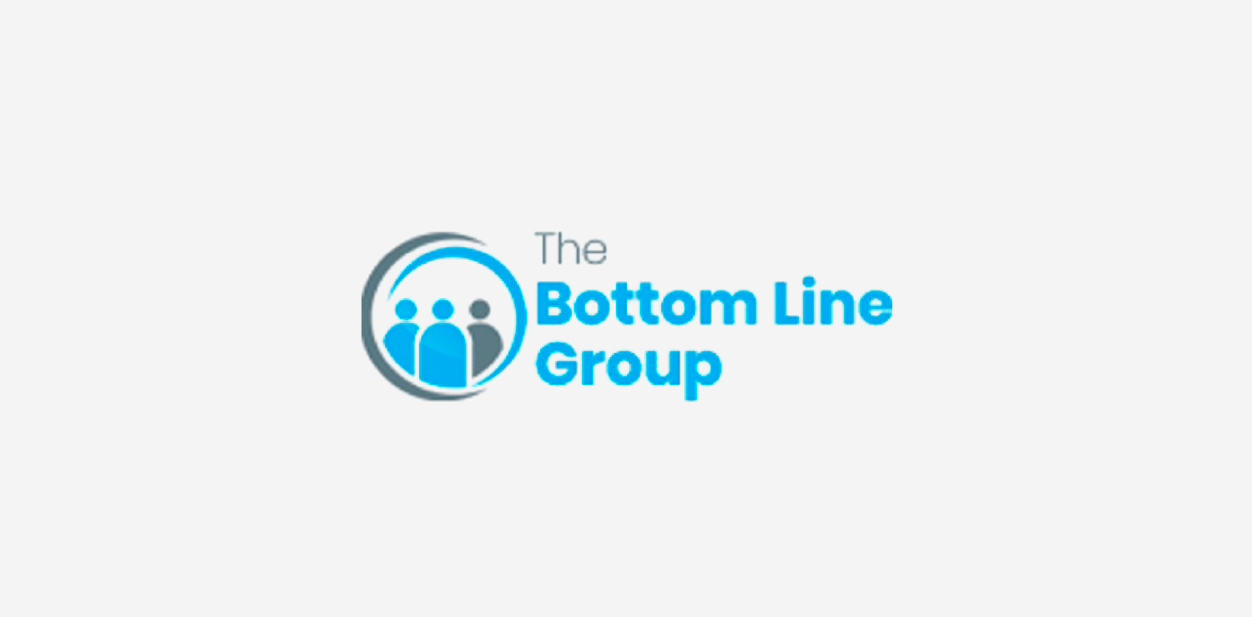
Make your logo prominent on your flyers, brochures, letterhead and other marketing materials. When you’re a startup that still needs easier brand recognition, your logo will be your identity in a sea of too many brands competing for audience attention.
Michael Hammelburger, CEO at The Bottom Line Group
7. Cut down on fine elements and details
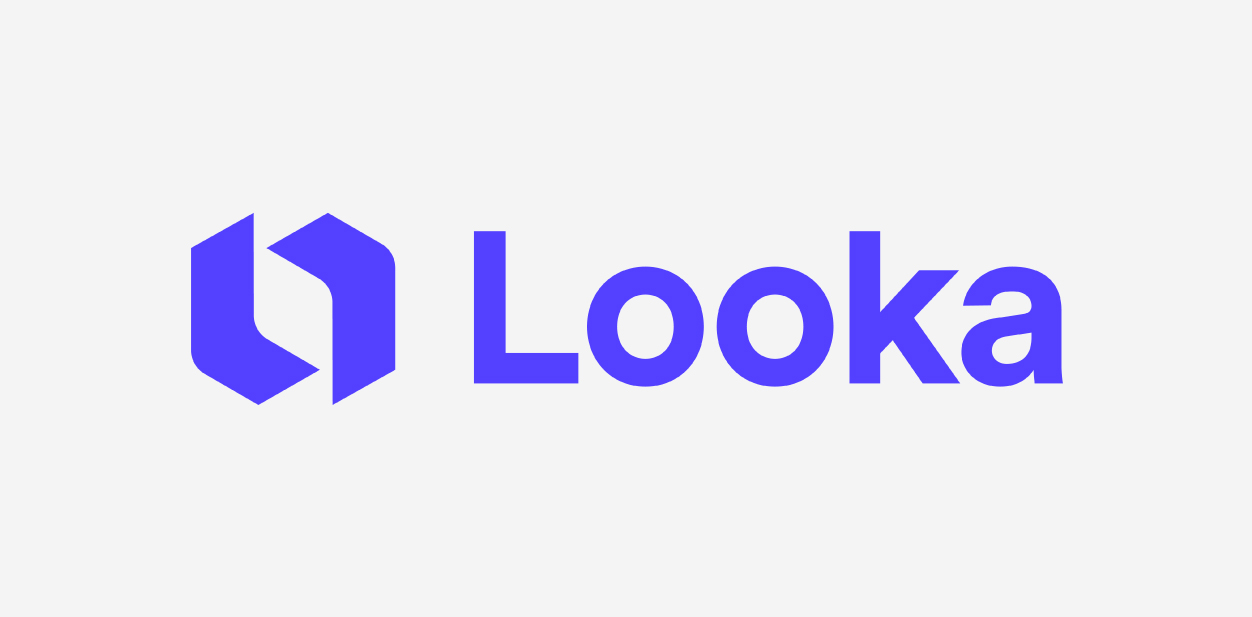
A lot of businesses that use their logos on outdoor signage misjudge the scale of their logo. Most outdoor signage is being seen by pedestrians and drivers – people on the move – which means your logo needs to be immediately understandable. Even if your logo is the right size to be seen at a glance, the scale of its individual elements might be too small. Including too many elements or too many details within elements is where a lot of companies run into issues with their outdoor signage.
For a logo that works well on outdoor signage, you need to get down to the basics. Only choose a few elements to incorporate and ensure those elements are bigger and bolder than you think they need to be. This will make it a lot easier for people to actually read and remember your brand’s name. Once you nail that part, you’ll be able to gain the foot traffic your sign is supposed to attract.
Have you ever wondered what your logo will look like as an outdoor sign?
Dawson Whitfield, Founder and CEO at Looka
8. Have a holistic approach to your logo
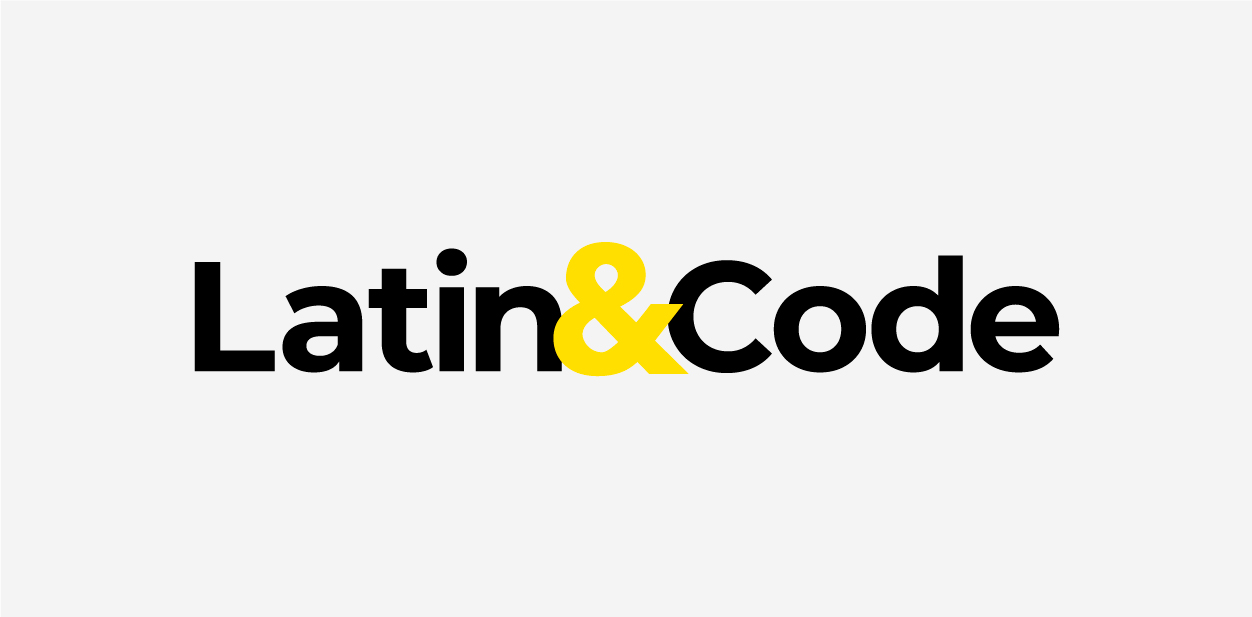
Don’t just think about offline but think about the system you’re trying to create and how it relates back to the brand strategy and your customers.
Steven Picanza, Co-Founder at Latin & Code
See why your logo design is one of the key elements to a successful branding strategy.
9. Consider the right placement
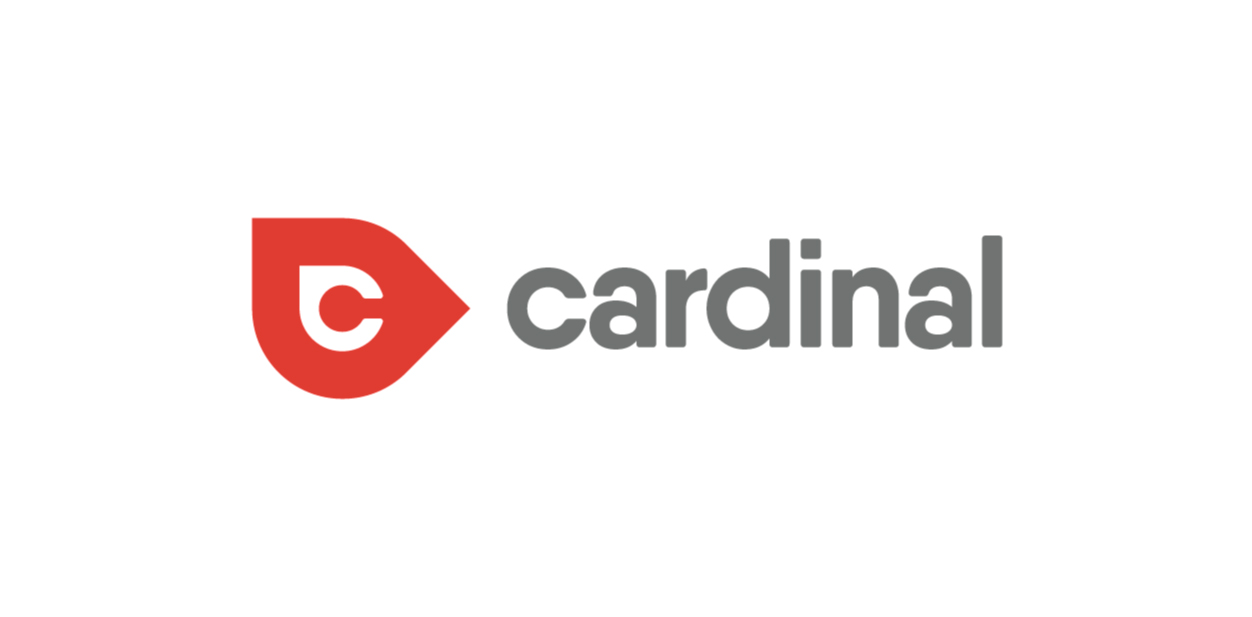
For your offline logo presence, make sure that the logo is strategically placed to be highly visible outside as well as inside your facility.
Also, think in terms of where the person will likely be when they see the logo, such as on-foot or driving by. This may change your optimal logo sign placement.
Alex Membrillo, CEO at Cardinal Digital Marketing Agency
Leverage optimal logo placement and establish your prominence with high rise signs.
Let’s Sum It All Up
As you can see, logo design is a long-term and evolving process with lots of nuances to consider. When it comes to an appealing and professional logo design, color, shape and font choice are not enough. Various other factors play a role including placement, usage, scalability, readability and more. Keep your brand’s identity as the focal point so you can balance out the finer details of your logo design.
